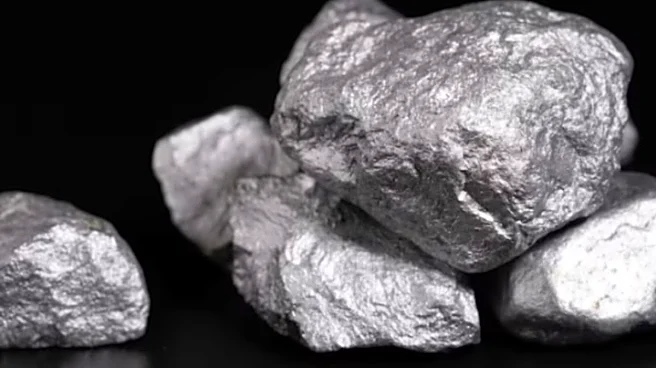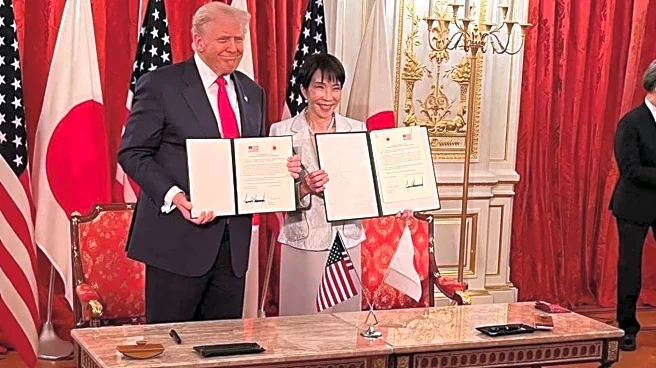Rare-earth magnets are the silent drivers of the modern technological revolution. Compact, incredibly powerful, and essential for efficiency, they are the secret behind the miniaturisation of electronics
and the surging power of green energy.
These magnets, which produce magnetic fields far stronger than traditional ferrite or alnico magnets, are indispensable in everything from the haptic feedback in your smartphone to the powerful motors of an electric vehicle (EV) or a wind turbine.
What Makes Rare-Earth Magnets Special?
A rare-earth magnet is a permanent magnet made from alloys of rare-earth elements (REEs). The two most common and commercially vital types are:
Neodymium Magnets (Nd₂Fe₁₄B): Composed of neodymium (Nd), iron (Fe), and boron (B), these are the strongest commercial permanent magnets available. Their exceptional strength-to-weight ratio makes them ideal for applications requiring high power in a small form factor, though they are vulnerable to corrosion and can lose strength at high temperatures.
Samarium-Cobalt Magnets (SmCo): An alloy of samarium (Sm) and cobalt (Co). While slightly less powerful than neodymium, they offer superior temperature stability and corrosion resistance, making them critical for high-performance and extreme environment applications like aerospace and military technology.
The immense strength of these magnets comes from the unique atomic structure of the rare-earth elements. Their 4f electron shell contains unpaired electrons, which act as highly effective tiny magnets. When alloyed with transition metals like iron and cobalt, this structure imparts an extremely high magnetic anisotropy—the magnet’s ability to maintain its magnetic direction—resulting in both high magnetic strength (remanence) and high resistance to demagnetisation (coercivity).
The Mine-to-Magnet Journey: A Complex Supply Chain
Converting rare-earth ore into a finished magnet is a complex, multi-stage industrial process known as powder metallurgy.
Mining and Refining
The process begins with the mining of rare-earth-bearing ore, such as bastnaesite or monazite. Despite their name, these elements are not exceptionally rare in the Earth’s crust, but they are seldom found in concentrated veins and always occur together, making refining extremely difficult.
Ore Concentration: The raw ore is crushed, milled, and then processed using physical methods like flotation to separate the REE minerals from the surrounding rock.
Element Separation: This is the most complex step. The concentrated ore is chemically dissolved, and individual REEs are painstakingly separated from the mixture, often requiring hundreds of stages of solvent extraction. This demanding process is necessary to achieve the high purity (99.9%+) required for magnet production.
Metal Production: The purified rare-earth oxides are then reduced into their metallic form through processes like high-temperature electrolysis.
Alloying and Powdering
The purified rare-earth metals are now ready to be combined with other elements in a precisely controlled manner.
Alloying: The metals (e.g., neodymium, iron, boron) are melted together under a vacuum in an induction furnace to form a master alloy. This molten alloy is then rapidly cooled via strip casting, which produces thin flakes with a very fine crystalline structure, essential for later magnetic performance.
Powder Production: The alloy flakes are reduced to a fine powder, often using a process called hydrogen decrepitation to make them brittle, followed by jet milling—grinding the material down to a size of just a few micrometres using a high-speed inert gas stream. This powder is highly reactive and must be handled under an inert atmosphere.
Shaping and Sintering
The fine alloy powder is now formed into the final magnet shape and properties.
Pressing and Alignment: The powder is placed into a mould and compacted under enormous pressure in the presence of a powerful external magnetic field. This field is critical, as it forces the individual powder particles (which will become the magnetic grains) to align their magnetic axes in the desired direction. This ‘freezes in’ the alignment.
Sintering: The compacted block (which has no net external magnetic field yet) is heated to an extremely high temperature, just below the material’s melting point (~1,000°C) in a vacuum or inert gas. This process fuses the powder particles, increasing the magnet’s density and creating the final, hard, crystalline structure responsible for its permanent magnetism.
Finishing: The resulting brittle magnet block is precision-machined, ground, and cut to the final dimensional specifications. Since neodymium is prone to corrosion, it typically receives a protective plating (e.g., nickel, zinc, or epoxy). Only in the final step is the magnet exposed to an extremely powerful magnetic pulse, completing the magnetisation process and transforming it into the high-performance component ready for use.
Rare-earth magnets are therefore not just a product but the result of a globally complex, energy-intensive chain of chemical, metallurgical, and manufacturing precision.


/images/ppid_59c68470-image-176155753133251054.webp)




/images/ppid_59c68470-image-176165753323740103.webp)



/images/ppid_59c68470-image-176147002745099994.webp)


